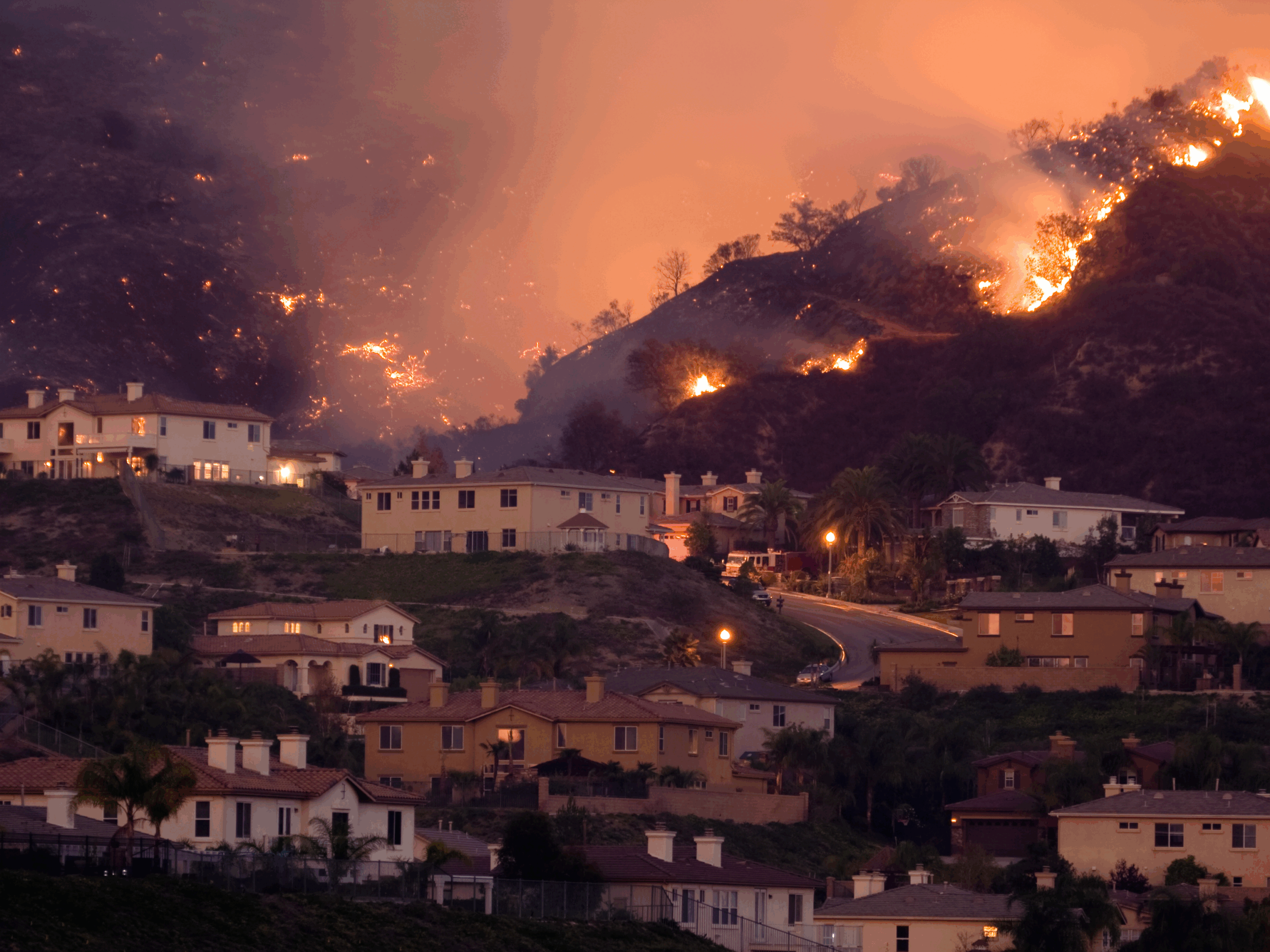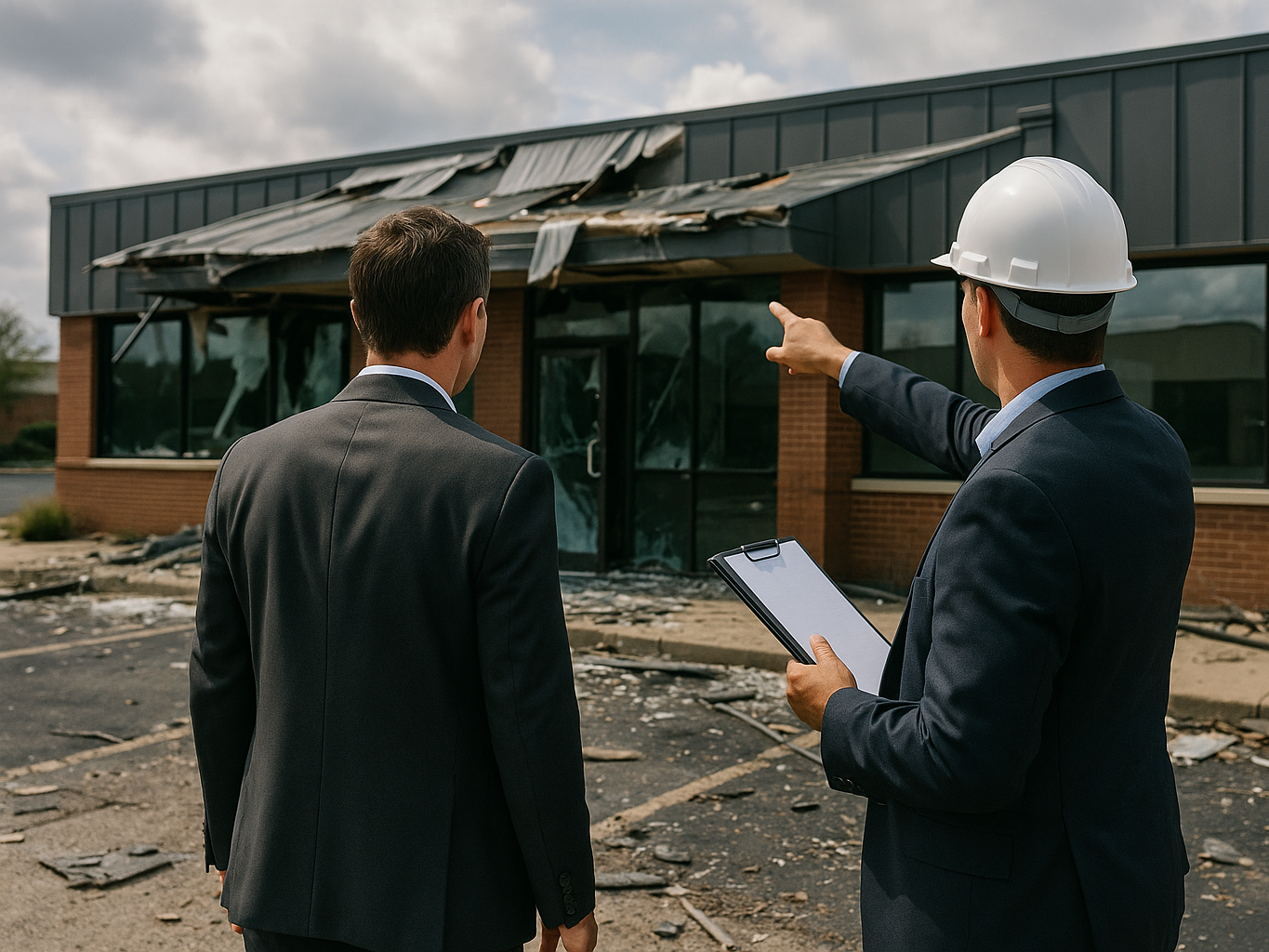Applying Last Year’s Risk Lessons in the Year Ahead
The U.S. experienced a record number of billion-dollar weather and climate disasters in 2023, a year marked by climate extremes that ranged from severe convective storms to wildfires, heat waves to catastrophic floods.
The opportunity to adopt a Predict & Prevent ™ strategy is clear as the financial impacts of climate risks intensify for policyholders and insurers. This approach not only reduces claims and costs for insurers but also protects insureds from recovery stress and needless suffering.
It also aligns with the noble purpose of insurance: keeping people safe.
U.S. insurers’ catastrophe losses in the first half of 2023, for example, were the highest in over two decades, driven by $60 billion in severe convective storms. In all, there were 28 billion-dollar weather and climate events in 2023, according to U.S. data.
The average from 1980 to 2023 is 8.5 billion-dollar events per year; this figure rises to 20.4 events per year when considering the past five years alone.
The repercussions of climate disasters, along with rising repair costs and other economic factors, have rendered homeowners’ insurance less affordable, leaving many exposed to the financial impact of these disasters.
Last year, for example, we witnessed several leading property insurers withdraw from states like California and Florida, where they said the rates they could charge did not match the risk, making homeowners insurance unprofitable. Meanwhile, as the risks are growing, research shows a troubling lack of risk awareness by U.S. consumers, which means they may not be taking measures to make themselves and their homes safer.
A consumer survey by the Insurance Information Institute and Munich Re found many homeowners do not believe they are at risk or that they will ever be affected by extreme weather events.
For example, 64% of survey respondents felt they were not at risk of flooding, even though 90% of all U.S. natural disasters involve flooding.
More consumer education about risk management and insurance is needed for Predict & Prevent to succeed.
Risk awareness is necessary for policyholders to participate in a collaborative effort to reduce losses and boost resilience. Despite the grim outlook, promising developments in 2023 highlight the potential of the Predict & Prevent approach.
For example, after the Lahaina wildfire, Whisker Labs noted that its Ting plug-in sensor, designed to warn of electrical issues in a home that could spark a fire, can also be used to spot issues with a power grid, potentially preventing ignition points for catastrophic wildfires. That broader network benefit of IoT devices identifying and reducing risk at scale is exciting.
We need to raise awareness of more success stories like this to show the potential of Predict & Prevent and spur wider adoption.
We aim to explore these kinds of success stories in our Predict & Prevent podcast series this year. Tune in to new podcast episodes this spring, or catch up on episodes you have missed, at predictandprevent.org.
In addition, subscribe to our weekly newsletter for updates on how risk and insurance professionals are boosting resilience to climate threats and leveraging technology to prevent losses. &










